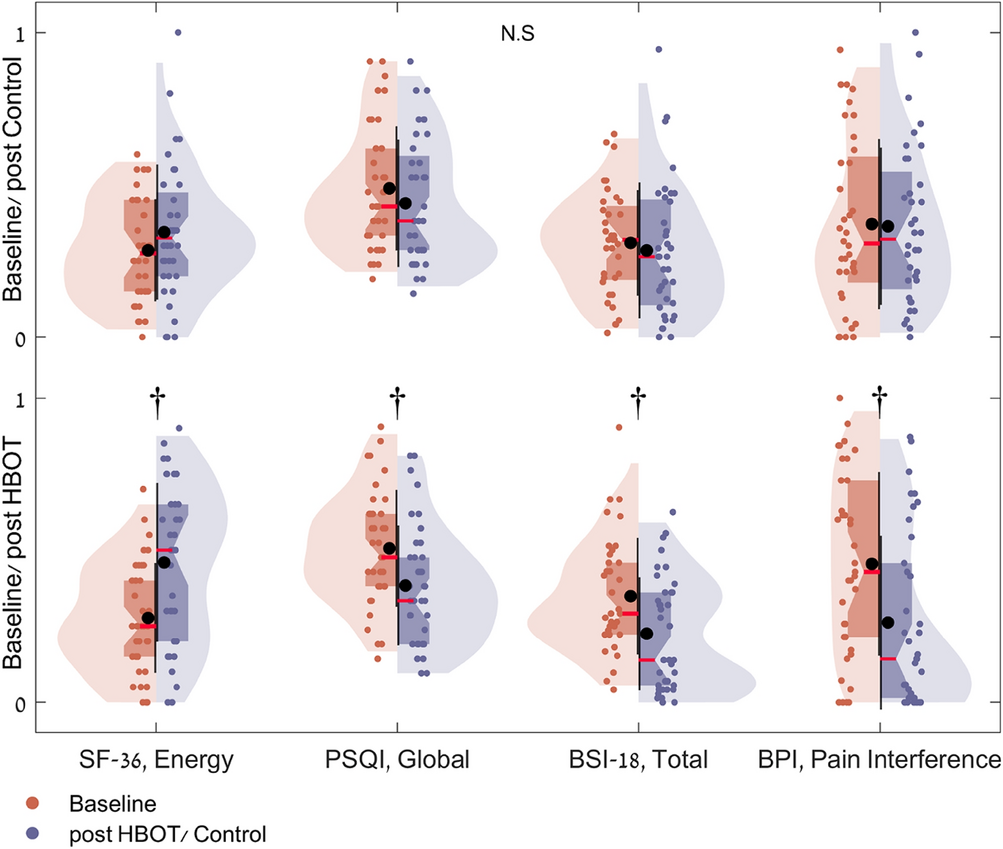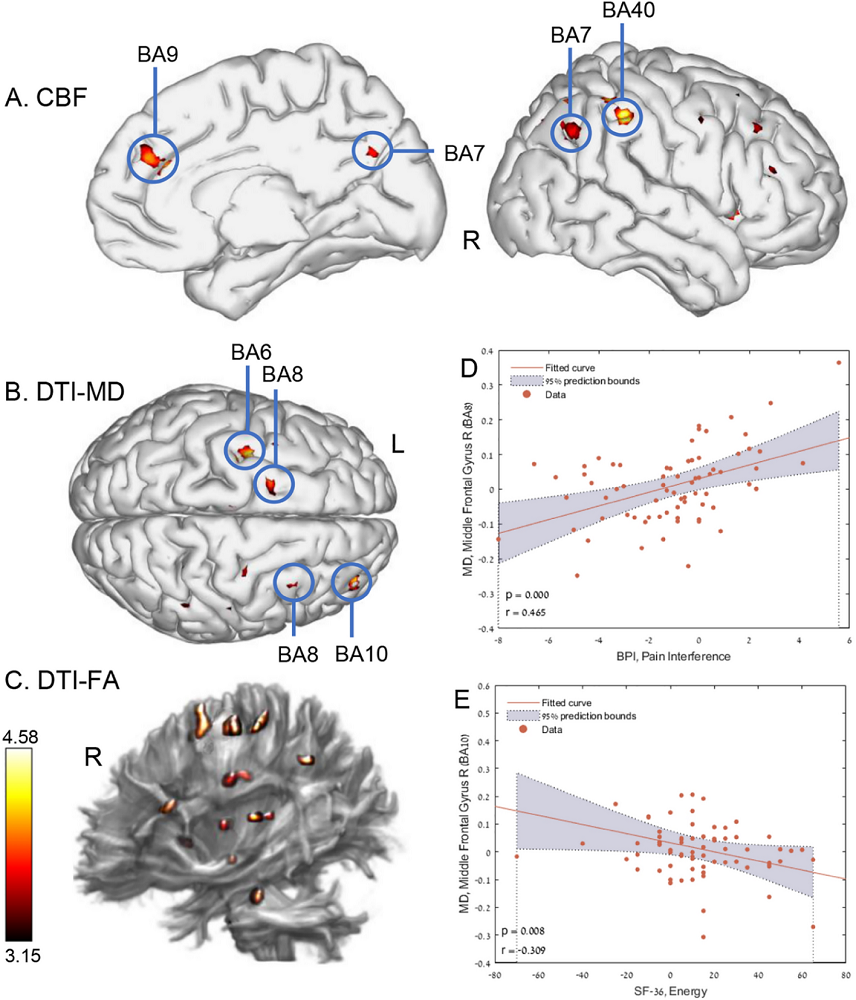In this Research Rundown we switch our focus to improving the neurocognitive function and symptoms in post-COVID-19 patients with hyperbaric oxygen therapy, and we dive into a study that was published one week ago as “the first prospective, randomized sham-controlled trial demonstrating significant improvement beyond the expected clinical recovery course of post-COVID-19 condition”.
One of the unique things about this clinical trial is the sham or like the placebo group, they really faked them out in a nice way. They were in the chamber, they brought the chamber up to 1.2 atmospheres and then brought it back down to 1.03, which essentially is not hyperbaric oxygen. Giving them the normal 21% oxygen that is basically the oxygen that we have in the atmosphere. Whereas the HBOT group, went up to two atmospheres. They did 90 minutes. They had 100% oxygen. And they basically went to 21% every 20 minutes for 5 minutes, that’s the hyper oxygen hypoxic paradox.
Highlights:
- Sham Group
- Pressurized to 1.2 atmospheres
- Reduced to 1.03 atmospheres
- Given normal 21% oxygen
- 90min dive duration
- HBOT Group
- Pressurized to 2 atmospheres
- Given normal 100% oxygen
- Given 21% oxygen every 20 minutes for 5 minutes
- 90min dive duration

Figure 1: Questionnaire results analysis shown in violin plots of actual distribution, and in boxplots. Values are normalized to answer scale range: SF-36, Energy [0..100], PSQI, Global [0..21], BSI-18, Total [0..72] and BPI, Pain Interference [0..10]. The red mark indicates the median, and the bottom and top edges of the box indicate the 25th and 75th percentiles, respectively. Black marks indicate mean and standard deviation. †p < 0.0001, N.S. not significant (see also Table 3).

Zilberman-Itskovich, S., Catalogna, M., Sasson, E. et al. Hyperbaric oxygen therapy improves neurocognitive functions and symptoms of post-COVID condition: randomized controlled trial.Sci Rep 12, 11252 (2022). https://doi.org/10.1038/s41598-022-15565-0
